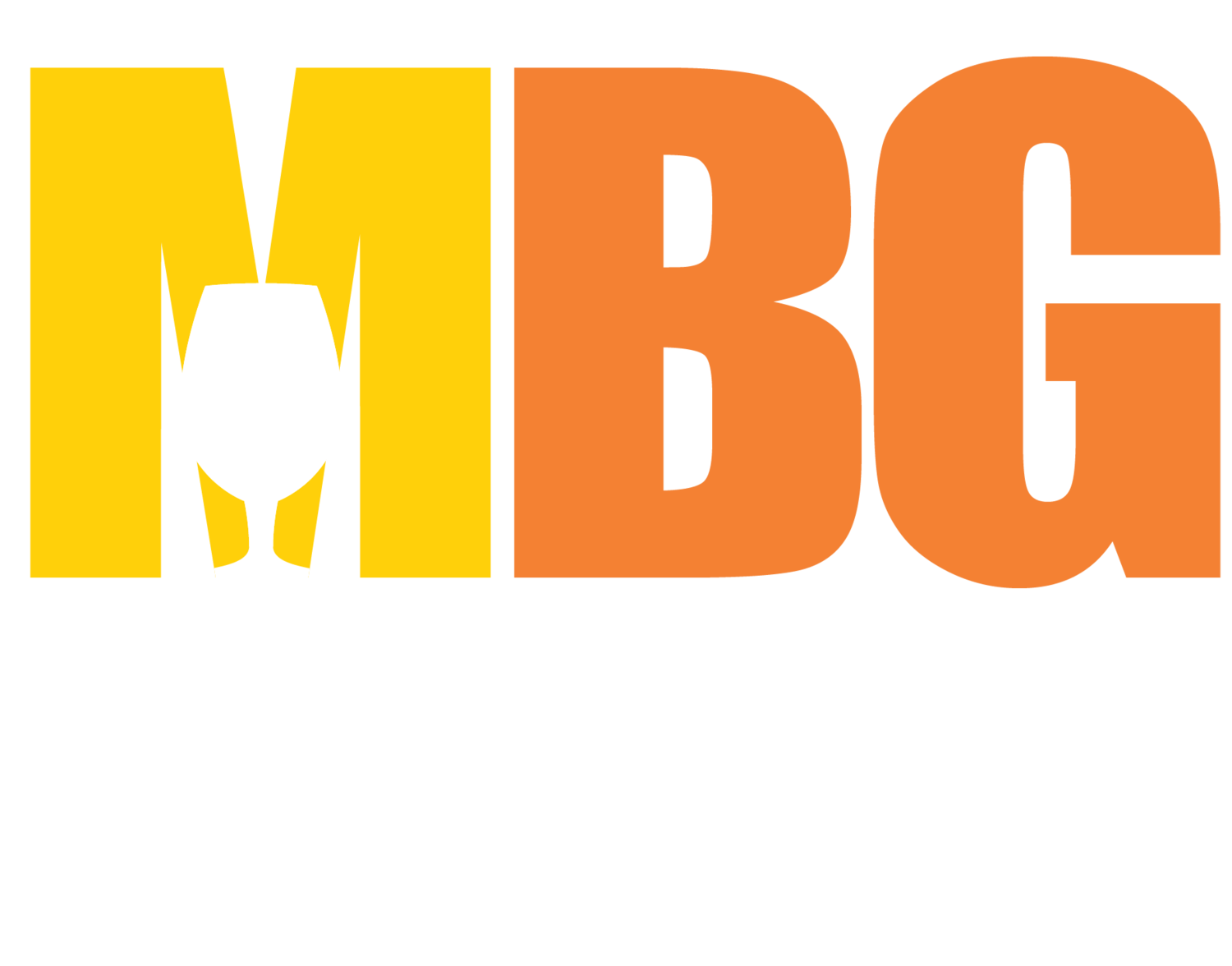Blind Hiring: An Experiment in Craft Beer Inclusion
By: Dani Babineau
CEO and Co-Founder
Redemption Rock Brewing Co.
How do we make craft beer more inclusive?
This is a hot button issue in the craft beer industry - maybe the hottest buttonest one. The Brewers Association is making inclusion and diversity a priority, with the creation of a subcommittee on diversity and inclusion and the appointment of Dr. J. Nikol Beckham as Diversity Ambassador. It’s a regular topic on social media, too, whether it’s a high-profile thinkpiece or an example of what not to do. But it’s a work in progress; data shows small increases in the percentage of female and minority craft beer drinkers in recent years, and it’s a complex challenge (strike that - opportunity) that, seemingly, most breweries haven’t figured out yet.
That includes us. But increasing inclusion in craft beer is important to us. Our home city of Worcester is wonderfully diverse, and we’re here to support and represent the community as it exists today.
But we know that it isn’t enough to smile and say “all are welcome” - increasing diversity and being more inclusive needs to be an intentional and proactive effort focused on identifying and removing barriers. And it needs to be authentic, not resorting to pandering or tokenism. We don’t know the exact recipe to make this happen, but we thought a good place to start would be trying to increase the representation of women and minorities on our own team.
So when we started hiring our taproom staff last year, we tried something new to us: blind hiring.
Blind hiring aims to reduce implicit biases is the hiring process by removing names, gender, race, and other demographic information from job applications during the initial consideration phases. It’s been around since the 1970s, most famously in the world of classical music, and often successfully leads to greater diversity in hiring. So we thought we’d give it a try.
Here’s how we did it:
For applications, we wanted no resumes and no cover letters. Instead, we posted an eight-question questionnaire on our website. Jen, our events director, collected, blinded, and organized the submissions for the hiring team.
The questionnaire was less focused on professional experience and more focused on the qualities we sought in employees. Were they passionate about the industry? Did their values align with ours? Were they focused on their professional growth and improvement? And were their answers thoughtful and specific?
After reviewing and scoring these responses, we trimmed the original applicant pool of 28 people down to 14.
Round two: a live interview...sort of. To continue maintaining anonymity, we conducted live individual chats with the applicants through a Skype chat -- all text based. These questions focused more on professional experience and career ambitions, but we still didn’t quite dive into their full resume. Instead, we wanted to get a sense of their skills and perspectives rather than career pedigree.
Finally, we reviewed and scored the chat transcripts and selected our top eight candidates. These candidates were invited to meet with us for a final, in-person interview. We finally got to reveal to ourselves who had made it to the final stage.
And this is where it gets interesting. The initial candidate pool of 28 applicants was 50/50 men and women. The final eight? All women.
To us, that’s a pretty successful experiment.
Mind you, we did nothing to tip the odds in the female applicants’ favor. Our hiring team was 75 percent male, and the identities of the candidates were completely unknown until the final eight were selected. All we did was remove the identities of the applicants. Who’s to say how it would’ve turned out in a traditional hiring process?
We also learned a lot about the blind hiring process itself and saw areas to improve. Our initial candidate pool was still overwhelmingly white and straight. We also wondered, with so many written responses, how applicants’ whose first language is not English were affected. These are issues we’ll work to address and improve before the next hiring round.
In the grand scheme of improving diversity at Redemption Rock and the brewing industry, this is a baby step - just one experiment that worked pretty well for us and might work for other breweries. But there’s still a lot of work to be done.
This feature is a part of a the MBG’s Inclusion & Diversity Success Story Series with the goal to share best practices, recruitment strategies, and event & program ideas that members can bring home to their breweries. Does your brewery or business have a story that they’d like to share? The MBG’s Diversity Committee wants to hear it! Reach out to MBG Executive Director Katie Stinchon at katie@massbrewersguild.org for more information.

